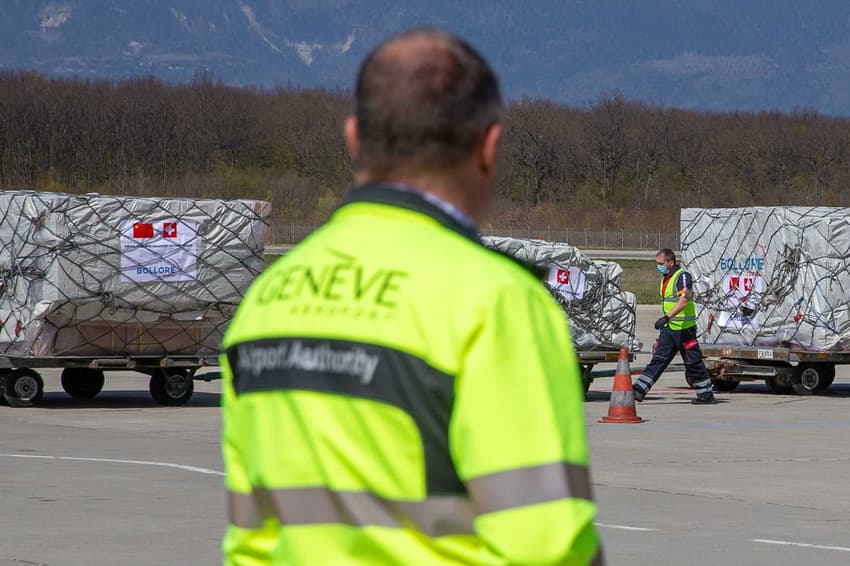Geneva remains on Belgium’s travel ban list as Vaud and Valais removed

Belgium has said the cantons of Vaud and Valais are no longer ‘high-risk’ countries subject to a travel ban, however Geneva will remain on the list.
The decision was made Wednesday morning by the Belgian government. Under the ban, residents of Belgium are not allowed to certain areas.
Anyone who has been in a banned area must quarantine and complete a coronavirus test on arrival in Belgium.
Merci à mon collègue belge ??@PhGoffin pour ce bref échange ? cordial et factuel.
Nouvelle évaluation de la Belgique de la catégorisation #COVID19 des cantons GE, VD et VS promise pour demain. A suivre !#SwissEUrelations pic.twitter.com/M0MNkz6Pli
— Ignazio Cassis (@ignaziocassis) August 3, 2020
While infection rates have declined in Vaud and Valais, they remain high in Geneva.
The Belgian government had placed the three cantons on the list on Saturday, August 1st.
Previously, the southern canton of Ticino was also added and removed from the Belgian government’s list due to high infection rates.
As reported on Tuesday by The Local Switzerland, Geneva’s infection rate is currently at more than 100 new infections per 100,000 residents (recorded over the past 14 days).
‘Officially a high-risk area': How Geneva became Switzerland's new coronavirus hotspot
The mark is well above the Swiss government's ‘high risk' classification of 60 per 100,000 - meaning that if Geneva was a separate country, residents would be forced to quarantine upon entering the rest of Switzerland.
Comments
See Also
The decision was made Wednesday morning by the Belgian government. Under the ban, residents of Belgium are not allowed to certain areas.
Anyone who has been in a banned area must quarantine and complete a coronavirus test on arrival in Belgium.
Merci à mon collègue belge ??@PhGoffin pour ce bref échange ? cordial et factuel.
— Ignazio Cassis (@ignaziocassis) August 3, 2020
Nouvelle évaluation de la Belgique de la catégorisation #COVID19 des cantons GE, VD et VS promise pour demain. A suivre !#SwissEUrelations pic.twitter.com/M0MNkz6Pli
While infection rates have declined in Vaud and Valais, they remain high in Geneva.
The Belgian government had placed the three cantons on the list on Saturday, August 1st.
Previously, the southern canton of Ticino was also added and removed from the Belgian government’s list due to high infection rates.
As reported on Tuesday by The Local Switzerland, Geneva’s infection rate is currently at more than 100 new infections per 100,000 residents (recorded over the past 14 days).
‘Officially a high-risk area': How Geneva became Switzerland's new coronavirus hotspot
The mark is well above the Swiss government's ‘high risk' classification of 60 per 100,000 - meaning that if Geneva was a separate country, residents would be forced to quarantine upon entering the rest of Switzerland.
Join the conversation in our comments section below. Share your own views and experience and if you have a question or suggestion for our journalists then email us at [email protected].
Please keep comments civil, constructive and on topic – and make sure to read our terms of use before getting involved.
Please log in here to leave a comment.